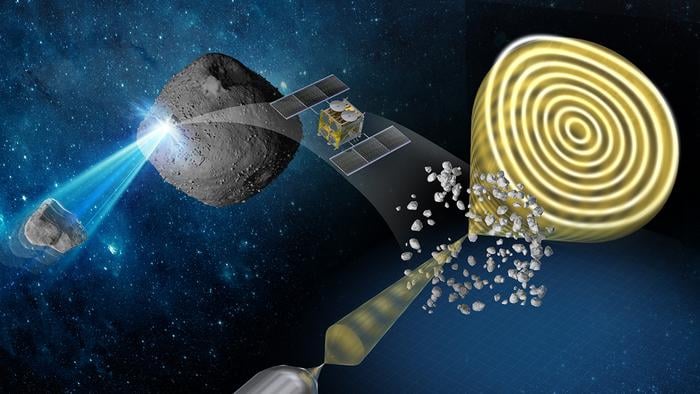Researchers from Hokkaido University and 13 other Japanese institutions have uncovered new insights into the magnetic and physical bombardment environment of interplanetary space by analyzing samples from the asteroid Ryugu. The findings, published in the journal Nature Communications, shed light on the long-term effects of space weathering on celestial bodies.
Hayabusa2’s Mission and Sample Collection
The Japanese Space Agency’s Hayabusa2 spacecraft reached asteroid Ryugu in June 2018, collected samples during two touchdowns, and returned them to Earth in December 2020. The spacecraft is now continuing its journey, with plans to observe two other asteroids in 2029 and 2031.
Collecting samples directly from an asteroid allows researchers to examine the long-term effects of exposure to the space environment, which is not possible with most meteorite samples that land on Earth. These samples are often from the internal parts of an asteroid and are affected by their fiery descent through the atmosphere.
Professor Yuki Kimura from Hokkaido University explains, “The signatures of space weathering we have detected directly will give us a better understanding of some of the phenomena occurring in the Solar System.”
Surprising Findings and Future Implications
One interesting discovery was that small mineral grains called framboids, composed of magnetite (a form of iron oxide), had completely lost their normal magnetic properties. The researchers suggest this was due to collisions with high-velocity micrometeoroids between 2 and 20 micrometers in diameter. The framboids were surrounded by thousands of metallic iron nanoparticles, which could provide insights into the magnetic field the asteroid has experienced over long periods.
“In future work, our results could also help to reveal the relative ages of surfaces on airless bodies and assist in the accurate interpretation of remote sensing data obtained from these bodies,” adds Kimura.
The findings could also have practical applications in estimating the degree of degradation likely to be caused by space dust impacting robotic or manned spacecraft at high velocity.
The study demonstrates the importance of sample return missions in understanding the history and evolution of the solar system, as well as the potential for future discoveries that could benefit both scientific understanding and space exploration.
Keyword/phrase: asteroid Ryugu space weathering


